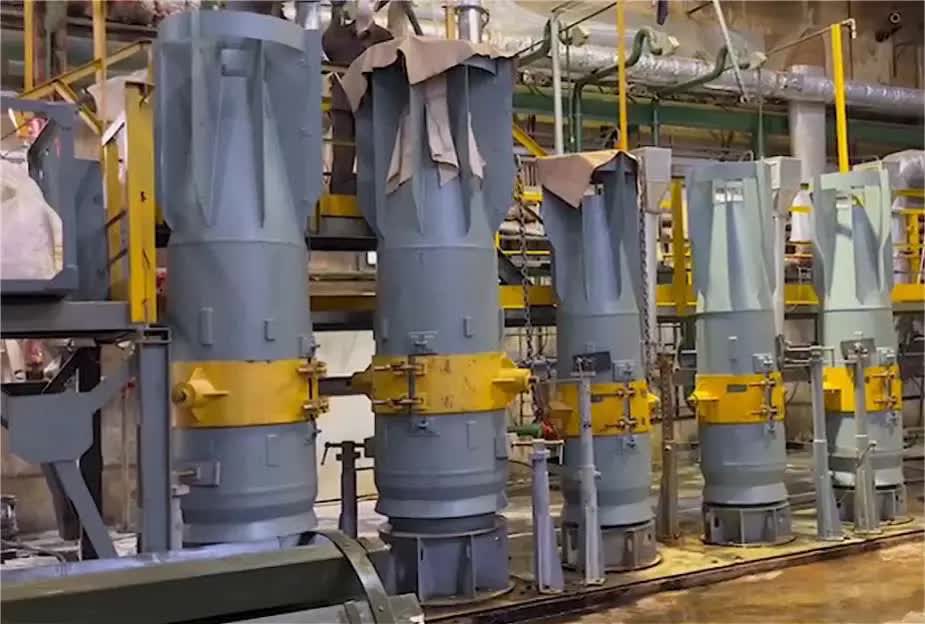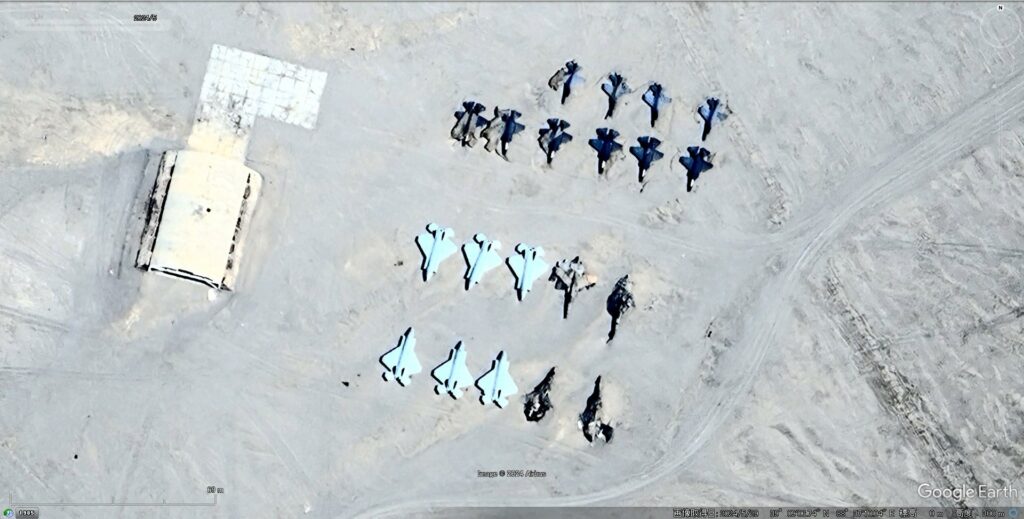It has been 324 days since the Russian invasion began. On Friday, the fight for Bakhmut continues unabated with most of the fighting taking place a few miles to the north in the small town of Soledar.
Fighting for the mines
The fighting for Soledar, a small settlement to the north of Bakhmut, continues in earnest. Known for its salt mines, Soledar was thus far a secondary character in the brutal fighting for the larger town a few miles away. But a push by the Russian private military company the Wagner Group against Soledar in an attempt to cut the Ukrainian lines of communication and supply that lead into Bakhmut, has brought the salt mining town into the forefront.

Wagner Group leader Yevgeny Prigozhin has declared the town captured. But footage from the ground suggests that parts of Soledar are still contested.
In the east, heavy fighting continues to take place around Kreminna. Despite trying for weeks now, the Ukrainian military has failed to reach the town.
Finally, in the south, the situation remains almost the same. Divided by the mighty Dnipro River, the two sides can’t directly engage each other. So, the Russian forces continue to bolster their defenses while the Ukrainians persist with their long range fires campaign.
Russian casualties
Every day, the Ukrainian military is providing an update on their claimed Russian casualties. These numbers are official figures and haven’t been separately verified.
However, Western intelligence assessments and independent reporting corroborate, to a certain extent, the Ukrainian casualty claims. For example, the Oryx open-source intelligence research page has visually verified the destruction or capture of more than 1,600 Russian tanks (which amounts to more tanks than the combined armor capabilities of France, Germany, Italy, and the United Kingdom) and more than 5,300 military vehicles of all types; this assessment has been confirmed by the British Ministry of Defense.
The same independent verification exists for most of the other Ukrainian claims. Recently, the Pentagon acknowledged that the Russian military has lost thousands of combat vehicles of all types, including over 1,000 tanks, and dozens of fighter jets and helicopters.

Furthermore, more recent reports that are citing Western intelligence officials indicate that the Russian military has suffered more than 100,000 casualties (killed and wounded) in the war so far.
In the summer, Sir Tony Radakin, the British Chief of the Defence Staff, had told the BBC that the West understands that more than 50,000 Russian troops have been killed or wounded in the conflict thus far. If we were to take the Ukrainian figures as accurate, the number mentioned by Sir Radakin is on the low side of the spectrum.
In November, Chairman of the Joint Chiefs of Staff General Mark Milley shared the U.S. military’s assessment that the Russian military has lost more than 100,000 troops so far in the war.
Yet, it is very hard to verify the actual numbers unless one is on the ground. However, after adjusting for the fog of war and other factors, the Western official numbers are fairly close to the Ukrainian claims.
As of Friday, the Ukrainian Ministry of Defense is claiming the following Russian casualties:
- 113,990 Russian troops killed (approximately three times that number wounded and captured)
- 6,159 armored personnel carriers and infantry fighting vehicles destroyed
- 4,826 vehicles and fuel tanks
- 3,094 tanks
- 2,082 artillery pieces
- 1,865 tactical unmanned aerial systems
- 723 cruise missiles shot down by the Ukrainian air defenses
- 437 Multiple Launch Rocket Systems (MLRS)
- 285 fighter, attack, and transport jets
- 276 attack and transport helicopters
- 218 anti-aircraft batteries
- 184 special equipment platforms, such as bridging equipment
- 16 boats and cutters
- four mobile Iskander ballistic missile systems
On Friday, Ukrainian forces continued to inflict the heaviest in the direction of Bakhmut, which is located in the south of the Donbas, and Lyman, which is located in the northeast of the Donbas.
The stated goal of the Russian military for the renewed offensive in the east is to establish full control over the pro-Russian breakaway territories of Donetsk and Luhansk and create and maintain a land corridor between these territories and the occupied Crimea.




